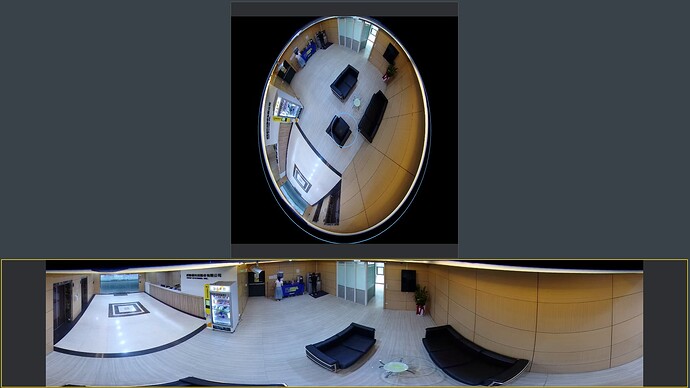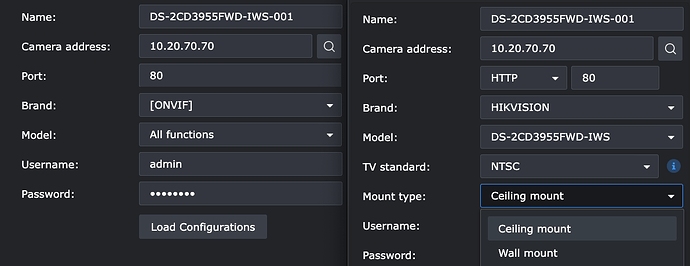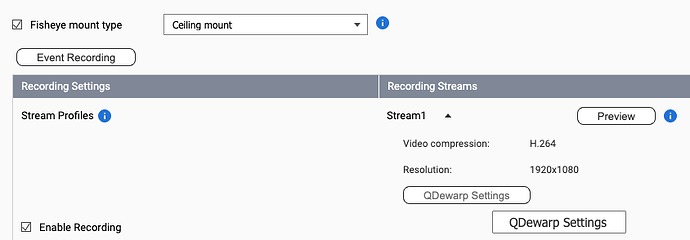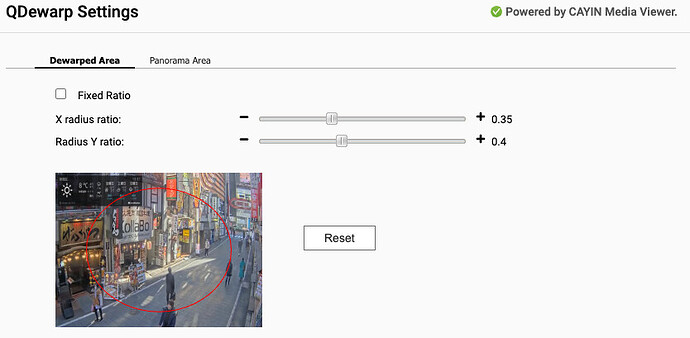A fisheye camera is a type of surveillance device equipped with an ultra-wide-angle lens, offering a field of view ranging from 180 to 360 degrees. With a single lens, it can capture a wide area, often replacing multiple traditional cameras. Although the image may appear heavily distorted with a circular “fisheye” effect, this is exactly what enables such broad coverage.
Thanks to its panoramic capabilities, a fisheye camera is especially suitable for the following scenarios:
- Shopping malls and retail stores: Installed in the center of the ceiling, it provides full coverage of open areas.
- Offices and meeting rooms: One camera can monitor the entire space, reducing hardware and installation costs.
- Schools and public spaces: Offers a wide field of view to enhance safety and monitoring.
- Warehouses and factories: Efficiently covers large areas to boost operational safety and oversight.
When paired with platforms that support dewarping technology, fisheye cameras can convert distorted images into flat views, making live viewing and playback more practical and user-friendly.
Some surveillance platforms require camera integration before allowing users to configure the fisheye installation mode (e.g., ceiling, wall, or desktop mount).
However, with QNAP’s QVR Server, users can configure fisheye modes directly—even with ONVIF-compliant third-party fisheye cameras—without waiting for full integration. This greatly increases compatibility and deployment flexibility.
For users planning to adopt fisheye cameras, this means broader support and more options when choosing camera models.
Fisheye cameras offer wide coverage, installation flexibility, and cost efficiency, making them an ideal all-in-one monitoring solution for many environments.
For QNAP users, the QVR platform enhances these benefits further by supporting direct configuration and seamless integration—maximizing the value of fisheye surveillance technology.




